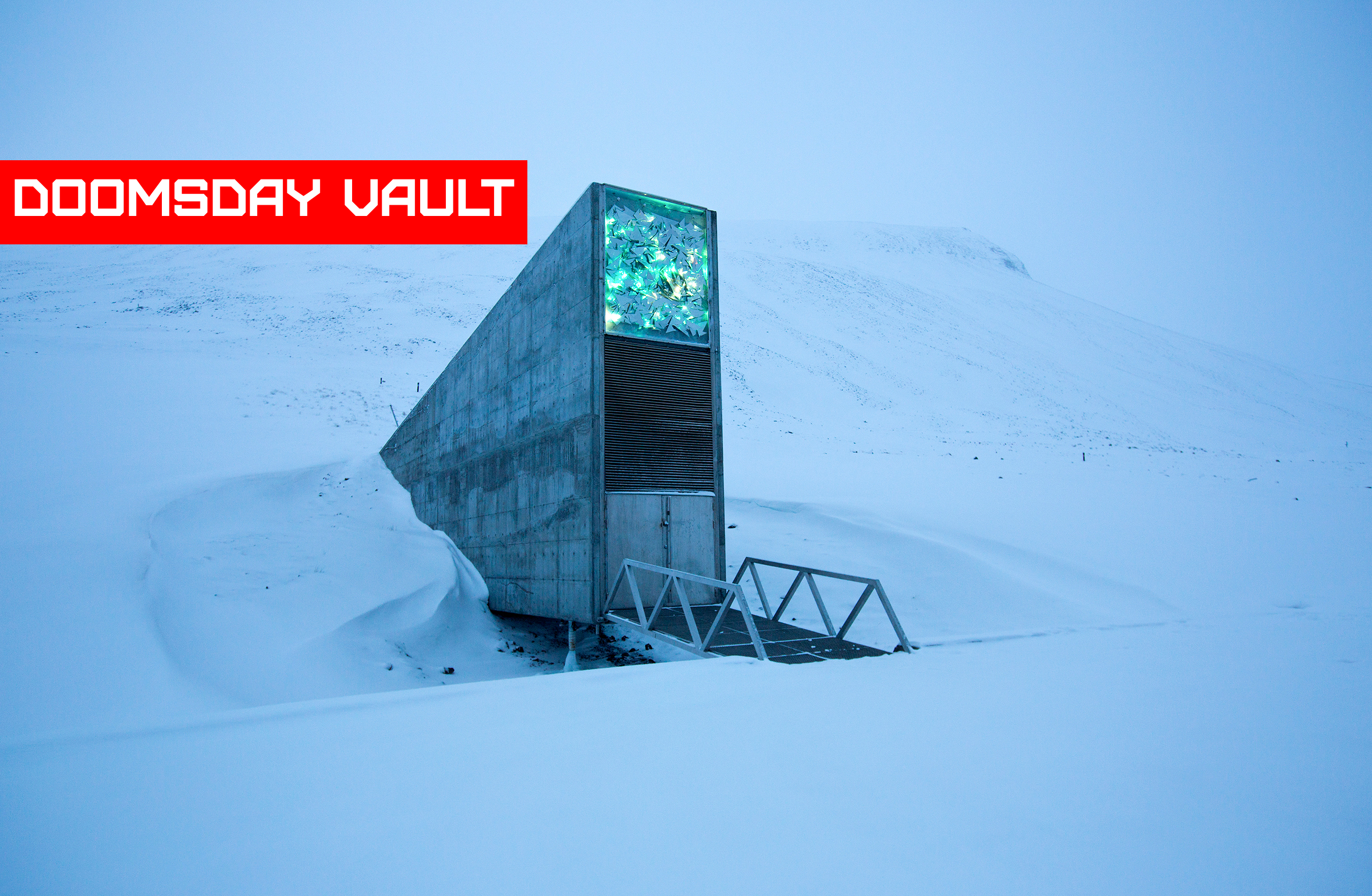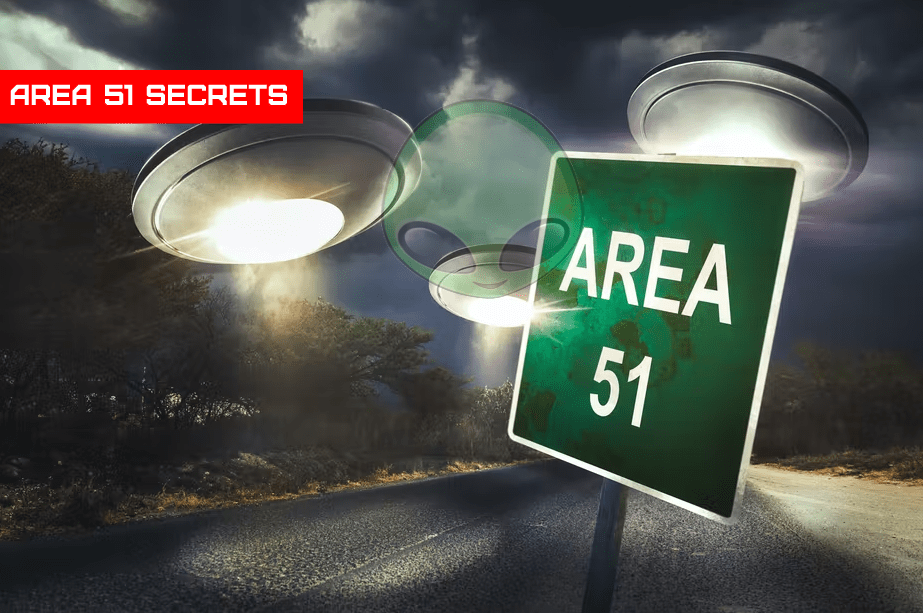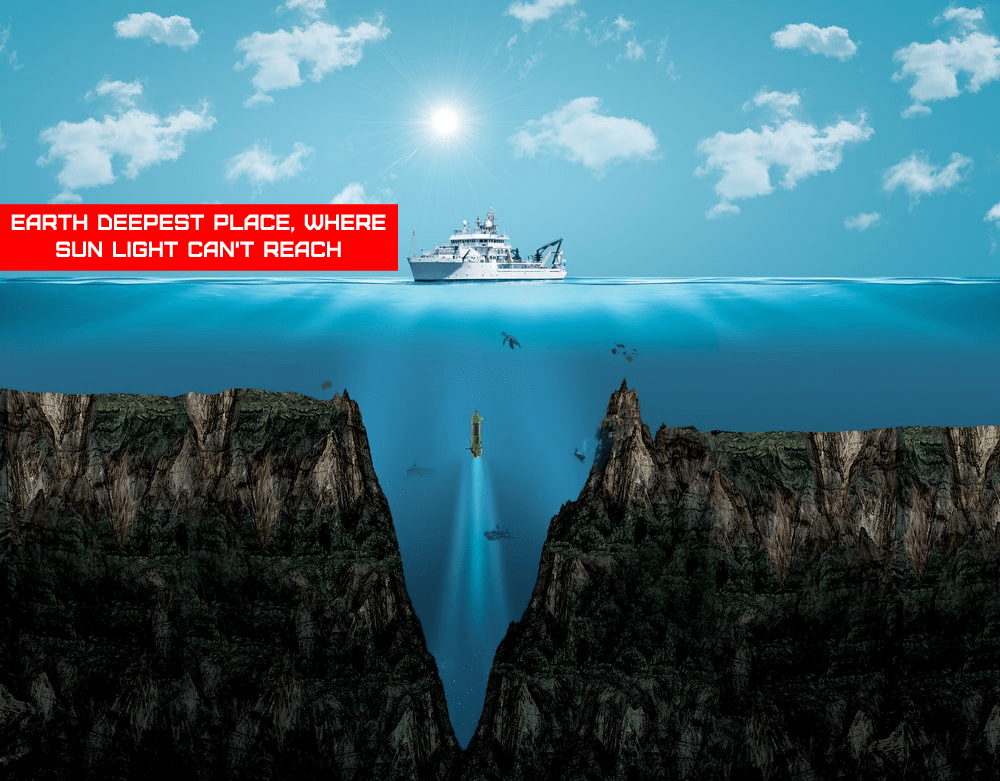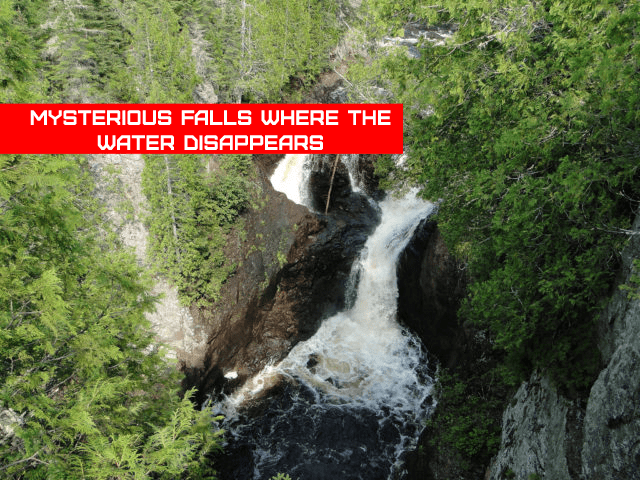The Bamboo Annals (Zhsh Jnián) is a historical chronicle of ancient China that spans the years 2400 to 299 BCE.
What Aurora Research Says?
The first known reference to a potential aurora in a celestial event, detailed in an ancient Chinese literature dating around the 10th century BC, has been discovered by researchers.
The space weather occurrence, which was just documented in the journal Advances in Space Research, is three centuries older than the previous oldest reference to auroras.
Auroras are streaks of reddish or greenish light in the sky created by the interaction of charged particles from the sun with atoms in the upper atmosphere, particularly near the northern or southern magnetic poles.
The Bamboo Annals (Zhushu Jinian in Mandarin) recount the history of China from the earliest legendary time through the time of its probable composition in the 4th century BC, according to scientists including Hisashi Hayakawa from Nagoya University in Japan.
Researchers investigated a mention of a “five-colored light” spotted in the northern region of the sky on a night near the conclusion of King Zhao of the Zhou dynasty’s reign in the book, which contains periodic records of extraordinary observations in the sky.
This passage was most likely composed sometime between 977 BC and 957 BC, but the exact year is unknown.
The “five-colored light” record was determined to be consistent with a major geomagnetic storm – a phenomenon known to create auroras.
An aurora in the mid-latitudes is known to be powerful enough to be visible and can provide a multi-colored show, according to scientists, who added that during the time, the earth’s northern magnetic pole was inclined to the Eurasian side, roughly 15 degrees closer to central China than it is now.
As a result, experts believe this aurora might have been visible to observers in central China during times of considerable magnetic disturbance, making it the world’s earliest known datable record of an aurora.
This remarkable discovery comes roughly two years after the previous earliest known record was unearthed, which was many allusions of possible aurorae carved on clay tablets by Assyrian astronomers between 679 and 655 BC.
Scientists discovered another possible record of an early aurora, dating from 567 BC, in the astronomical diary of Babylonian monarch Nebuchadnezzar II.
They went on to say that examining historical records can aid in modelling long-term patterns in space weather variability and solar activity over durations spanning from decades to millennia.
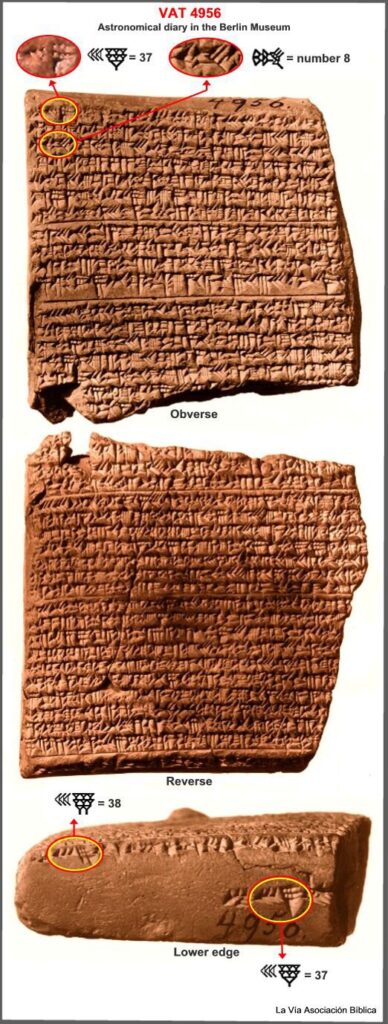
Understanding these variations can help society prepare for potential large-scale solar eruptions and the disruptions they may cause to modern infrastructure.


